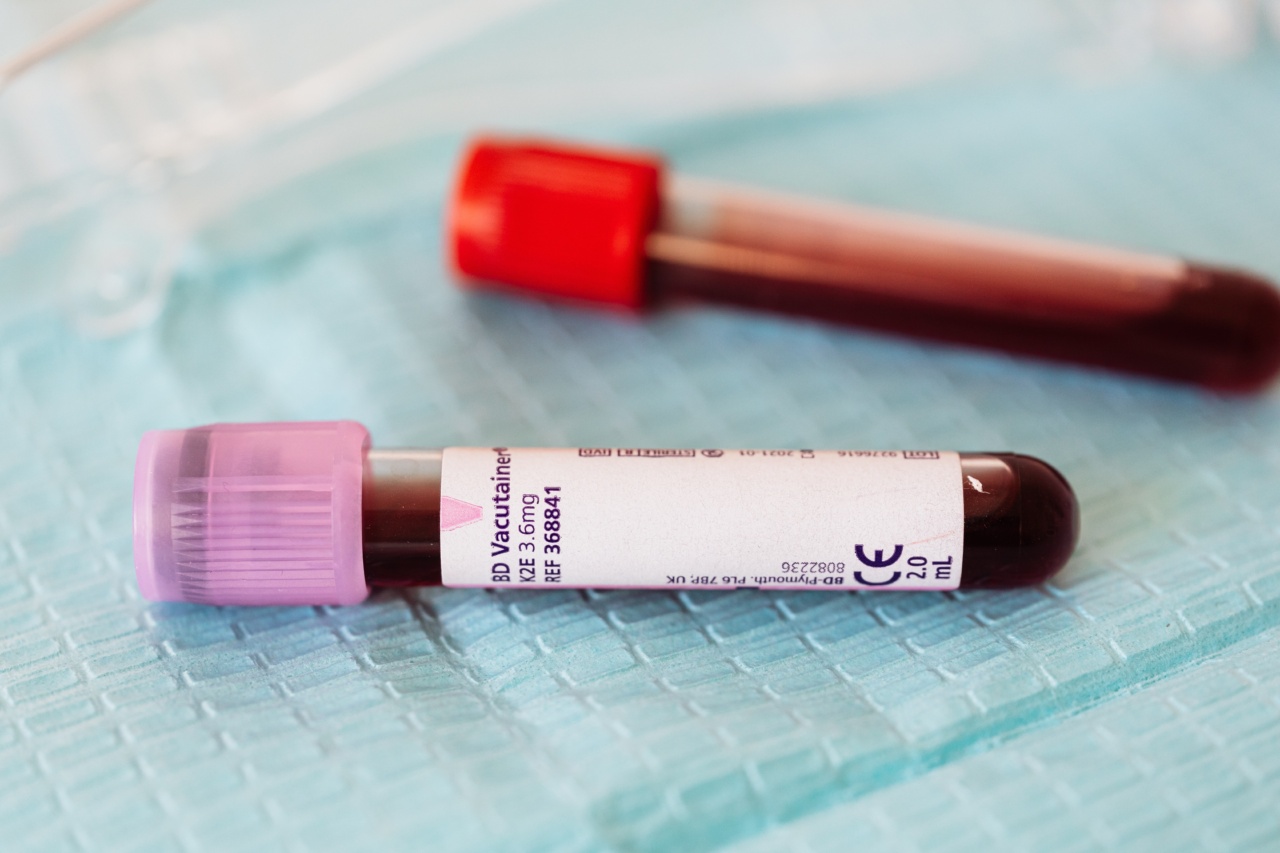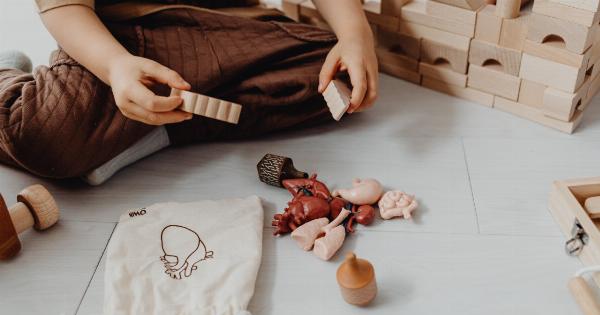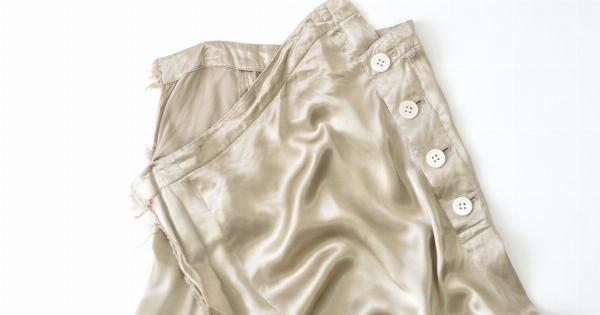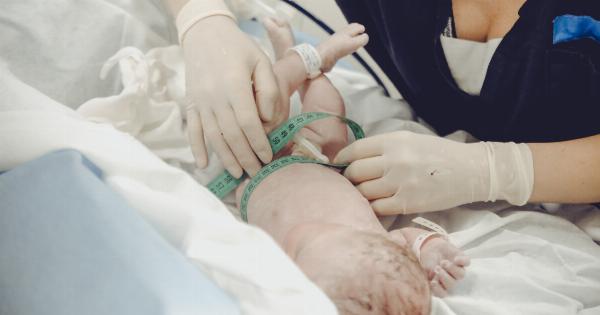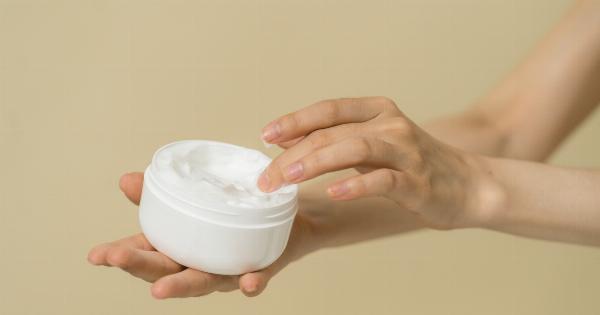Diaper dermatitis, also known as diaper rash, is a common condition that affects many newborns. It is characterized by inflamed, red, and irritated skin in the diaper area.
While diaper dermatitis is not a serious condition, it can cause discomfort and distress to your little one. In this article, we will discuss how to prevent and treat diaper dermatitis in newborns.
What Causes Diaper Dermatitis?
Diaper dermatitis can be caused by a variety of factors, including:.
1. Wetness: Prolonged exposure to urine and feces can irritate your baby’s delicate skin. Regular diaper changes are essential to avoid diaper dermatitis.
2. Friction: The constant rubbing of the diaper against your baby’s skin can lead to irritation and redness.
3. Chemical irritants: The chemicals present in some disposable diapers, wipes, and laundry detergents can cause a reaction in your baby’s skin.
4. Yeast and bacteria: The warm and moist environment created by a soiled diaper is ideal for the growth of yeast and bacteria, which can worsen diaper dermatitis.
Preventive Measures
Preventing diaper dermatitis is essential to keep your newborn comfortable. Here are some preventive measures you can take:.
1. Change diapers frequently
Regular diaper changes are crucial to prevent diaper dermatitis. Check your baby’s diaper frequently and change it as soon as it becomes wet or soiled. This helps to reduce the contact time between your baby’s skin and irritants.
2. Use mild and fragrance-free products
Opt for mild and fragrance-free diapers, wipes, and laundry detergents. Harsh chemicals and fragrances can irritate your baby’s sensitive skin and increase the risk of diaper dermatitis.
3. Clean the diaper area gently
When cleaning your baby’s diaper area, use a soft cloth or baby wipes that are free from alcohol and harsh chemicals. Avoid rubbing the skin harshly as it can cause further irritation. Pat the skin dry instead of rubbing it.
4. Keep the diaper area dry
After cleaning your baby’s diaper area, ensure that it is completely dry before putting on a new diaper. You can use a soft towel to gently pat the area dry. Avoid leaving the area damp as it creates a breeding ground for yeast and bacteria.
5. Give diaper-free time
Allow your baby to have some diaper-free time during the day. It helps in keeping the diaper area dry and allows the skin to breathe. Place a waterproof sheet or towel under your baby during this time to avoid any accidents.
Treatment Options
If despite your best efforts, your newborn develops diaper dermatitis, here are some treatment options:.
1. Keep the area clean
Ensure that you clean your baby’s diaper area gently with warm water and mild soap during diaper changes. Pat the area dry and avoid using any harsh chemicals or wipes that can further irritate the skin.
2. Apply a barrier cream
Consider applying a thick barrier cream, such as zinc oxide or petroleum jelly, to your baby’s diaper area. These creams create a protective barrier between the skin and irritants, helping to soothe and heal the skin.
3. Use hydrocortisone cream
If the diaper rash is severe or persistent, you can consult your pediatrician and ask for a hydrocortisone cream. Hydrocortisone cream can help reduce inflammation and relieve itching associated with diaper dermatitis.
However, it should be used under medical supervision.
4. Keep the diaper area open to air
Allowing your baby’s diaper area to be exposed to air can aid in the healing process. Give your baby some diaper-free time and let the skin breathe. Remember to protect the surfaces from any potential accidents.
When to Consult a Pediatrician
While most cases of diaper dermatitis can be managed at home, there are situations where it is advisable to seek medical attention:.
1. Severe rash
If the diaper rash is severe and does not improve with home remedies within a few days, it is recommended to consult a pediatrician. They can assess the rash and prescribe appropriate treatment if needed.
2. Signs of infection
If you notice signs of infection such as redness, pus-filled blisters, or fever, it is essential to seek medical help. These signs indicate the presence of a secondary infection that requires medical intervention.
3. Persistent rash
If the diaper rash keeps recurring despite following preventive measures and home remedies, a pediatrician’s evaluation is necessary. They can investigate underlying causes and provide targeted treatment.
